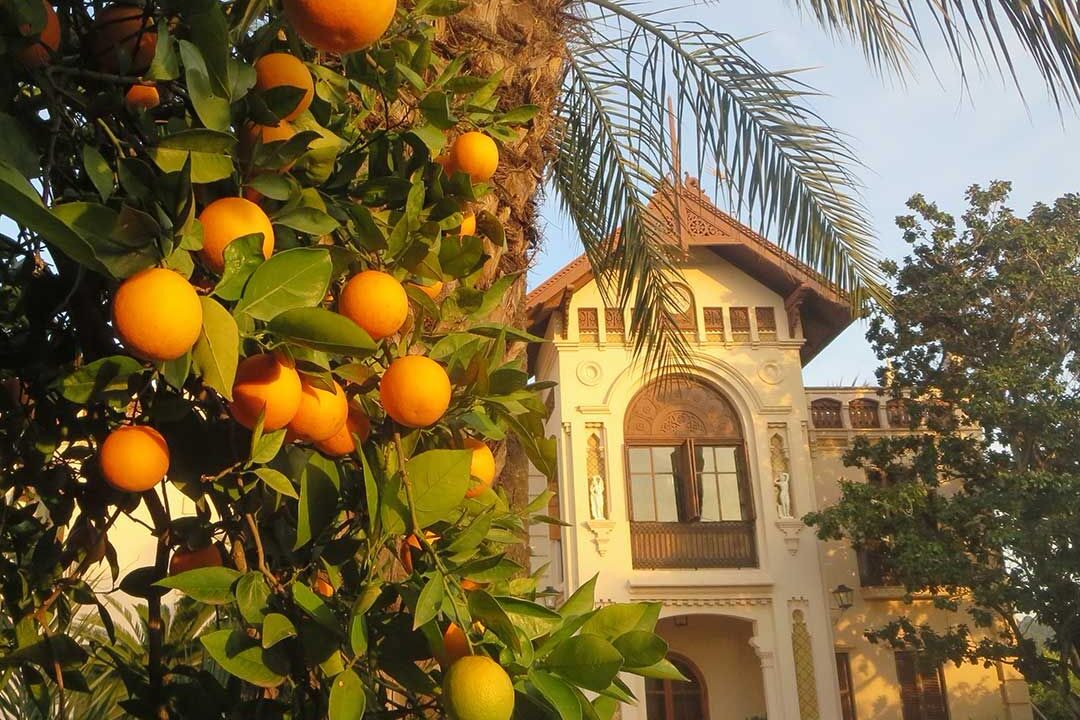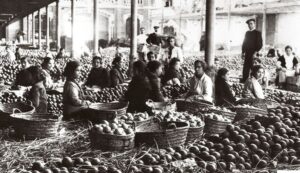
Spain, as one of the sunniest and warmest countries in Europe, is known for its delicious oranges. But how did they originate here?
Citrus fruits come from the East and it was in the mountains of northern India, in the foothills of the Himalayas, where they began to grow and mix varieties. In ancient China, the secrets of grafting and the possibility of having branches of different varieties on the same tree were already known.
In 1781, Spanish parish priest Vicente Monceau Vidal, returned from his travels in Asia, to the Spanish town of Carcaixent, located 40 km south of Valencia on the banks of the river Júcar. There he planted an entire orange grove, and it was a complete success. Previously, this land was almost unappreciated because of its arid soil. However, this first experimental crop was so successful that it soon spread to neighboring towns in the region.
Prior to this, orange trees in Spain were ornamental trees, most of which had bitter fruits whose fruit was used to extract their essences, flavor sweets and dishes with the peel or for medicinal purposes.
The sweet orange, which has great commercial value and valuable flavor, came out of the Ribera Alta region and spread throughout the world starting in the 19th century. Currently, the largest citrus producers in Spain are the provinces of Valencia, Seville and Huelva, while Murcia, Alicante and Málaga lead the way in lemon production.
Now in that very town Carcaixent is the “Orange Cathedral”. This place was essentially a large warehouse for packing and sorting oranges. Today, this warehouse is the symbolic place of Valencia’s oranges and belongs to the municipality’s mayor’s office, where all kinds of events are held.


